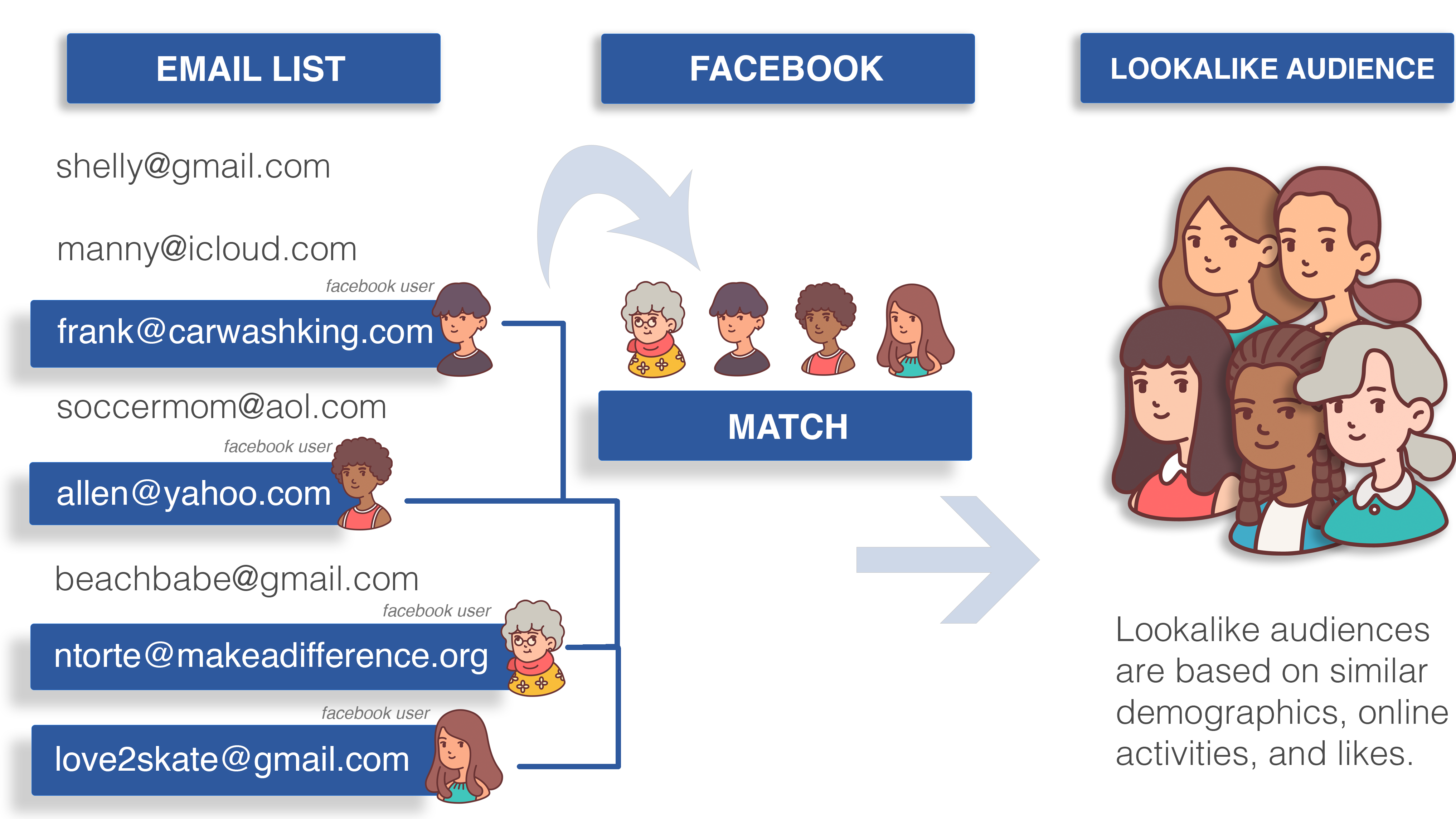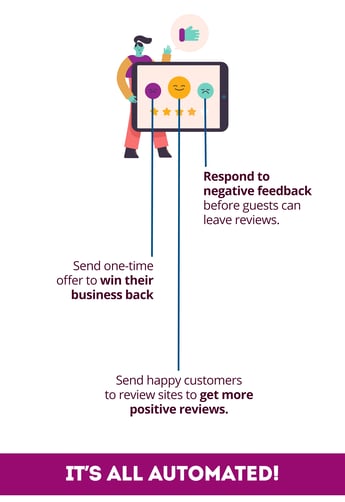Having Trouble Getting Restaurant Customers Back After the Pandemic?
As restrictions are lifted after the pandemic, and restaurants are opening their doors again, a crucial challenge faced ...
Read full articleA marketing plan is a necessity for any restaurant. Whether examining opportunities to increase revenue, raising capital, or selling a business, creating a marketing plan is paramount. Planning is the missing link between strategy and delivery. Without a marketing plan, marketing is messy and inefficient. Marketing without strategy does not yield a positive return on investment.
Following these 6 steps will help restaurants create a sturdy and sustainable marketing plan.
Brainstorming is a mental technique that encourages a free flow of ideas without internal judgment. This thought technique is about quantity vs. quality. The more ideas flow, the better the chances are of discovering useful and empowering concepts. This is the first step to decipher productive goals.
There are two main types of goals: Short-term goals and long-term goals. These goals can be big or small. All goal types are critical for success. The SMART acronym can help immensely during this process.

S - Specific or significant
M - Measurable or meaningful
A - Action-oriented or attainable
R - Rewarding or relevant
T - Time-bound or trackable
After creating goals, it’s important to establish a budget. Many restaurant professionals dread spending money on marketing, but that's why budgeting is so important. Creating a strategic marketing budget will ensure spending is not out of control.
The first step in creating a budget is understanding the sales funnel. This step includes determining how many guests visit per month per location, the average cost per transaction, and loyalty rates. WiFi marketing can help determine these numbers with Cisco Meraki hardware. A POS system can also help.
After understanding the sales funnel, it's essential to interpret operational costs. Next, use the business goals to set a marketing budget. Think of marketing as an investment, not a cost.
Finally, consider the growth stage and budget accordingly: growth mode (quick-win marketing techniques are needed) or planning mode (steady growth is more important than revenue spikes).
There are six steps to define a target market.
A customer needs statement answers the question, “what characteristics should customers look for in a specific brand?” A brand’s specific customer needs statement should remain stable over time.
Think about what customers should say about the brand and values. Then, create continuity. Ensure the branding is repeated throughout all of the restaurant’s interior, customer service, and collateral. Finally, create a timeline for adaptation.
By getting into the target market's shoes, it's easier to understand what guests will expect. It's important to care and act upon guest feedback more than personal preferences.
It's important to understand where guests are online. If customers are using social media sites like Facebook or Twitter, advertising is an efficient way to reach them where they are 24/7.
Facebook's lookalike audiences allow brands with email sources to upload email lists and find new customers that fit similar characteristics. Google has a tool called "Similar Audiences" to accomplish advanced targeting, as well.

Using a WiFi landing page to acquire ZIP Code information is also an excellent way to understand where customers live.
What brand comes to mind with the words "Eat Mor Chikin"? Some brand messages are less obvious, such as "Expect more than coffee." Brand messages should embody the entire guest experience from the time they learn about a restaurant online to the moment they walk through the doors.
After determining a message, everything within a restaurant should embody both the message and the restaurant’s branding. Subconsciously, restaurant patrons should hear the brand message just by looking around and tasting their meals. Create an ambiance that guests will love. Everything from the way menu items get served, to the music, to the acoustics should be purposeful and memorable.
Asking for customer feedback is essential. More important, however, is the need to constructively act on feedback.
Even if customers provide negative feedback, it’s crucial to show to them (and online communities) that management listens, aligns, understands, and improves.

Additionally, a restaurant WiFi login page can ask for customer feedback at the login screen or through automated emails or text messages.
For example, if a customer has had a negative experience, an automated follow-up email from management can ask for additional information to make the experience better. Some automated negative feedback campaigns include offers, such as a free drink or cookie to win business back. If a customer has had a positive experience, an automated follow-up email can provide a link to a popular review site like Yelp or TripAdvisor.
The more positive reviews a brand accumulates, the easier it is for customers to find them on Google. Additionally, brands with positive reviews attract more customers.
The success rate of selling to an existing customer is 60-70%, while the success rate of selling to a new customer is 5-20%. Loyalty programs can increase loyalty rates significantly.
Tools like Zapier are making it easy for restaurant marketers to integrate tools like SMS marketing, WiFi marketing, and other third-party applications. It has become essential for brands to use the data that is acquired instead of simply accumulating data and letting it sit unused.
What worked well today might not work well tomorrow. While these steps are essential to creating proactive and lucrative marketing campaigns, the same campaigns will not always bring success. Reviewing marketing campaigns, A/B testing, and implementing regular changes are all essential for success.
For restaurants, a marketing plan defines success and creates a strong focal point for achievement. This plan enables restaurant professionals to manage budgets strategically while achieving a positive return on marketing investment. What works well for one restaurant might not work well for the next. Planning for the future and staying on the forefront of technology is essential to stay ahead of the competition.
To learn about advanced marketing tactics, enroll in Bloom Restaurant Marketing Academy.
Shannon Harper is a member of the Bloom Intelligence marketing team. She has over 15 years of sales and marketing experience and is passionate about helping brands exceed their goals.
Related Topics
Guides
As restrictions are lifted after the pandemic, and restaurants are opening their doors again, a crucial challenge faced ...
Read full articleUntil now, restaurant marketing professionals have had a tough time authenticating the ROI of their online and offline m...
Read full articleCustomer ratings and reviews can have a significant impact on your business. Whether good or bad, these reviews provide ...
Read full articleNever miss a post! We'll keep you up-to-date on the latest restaurant and retail WiFi marketing information.

.svg)
We would love to hear from you! If you have any questions, comments or ideas about our blog, drop us a line and let us know.
Or call us at 727-877-8181.